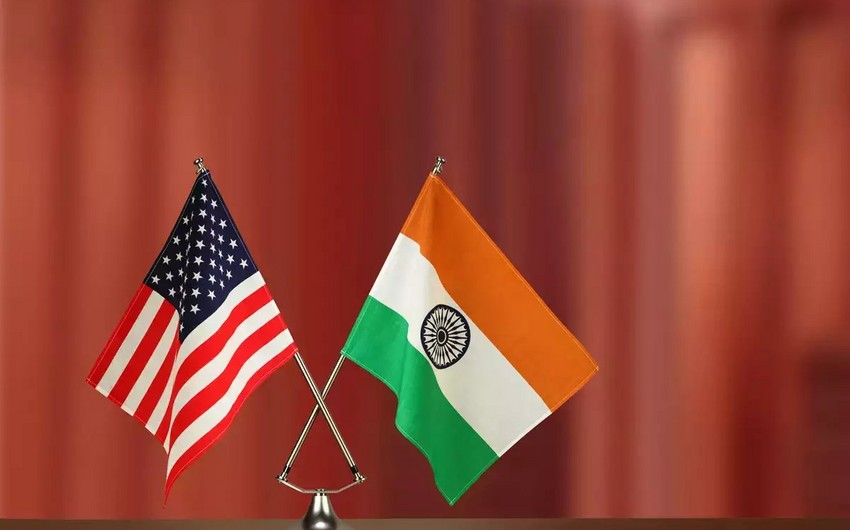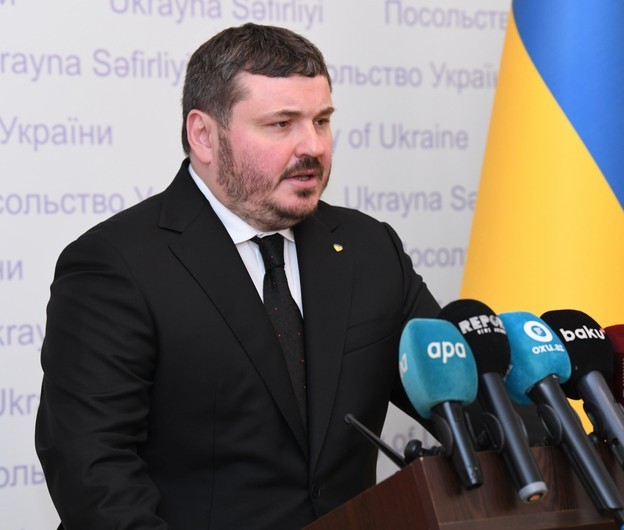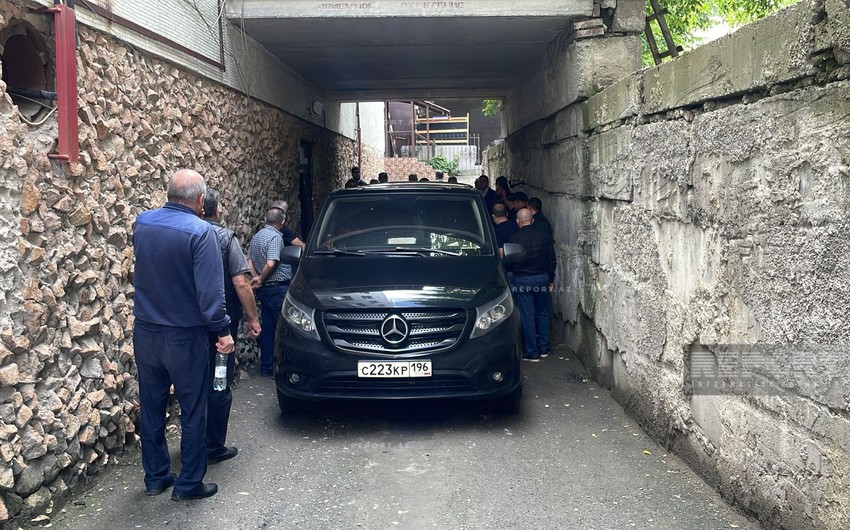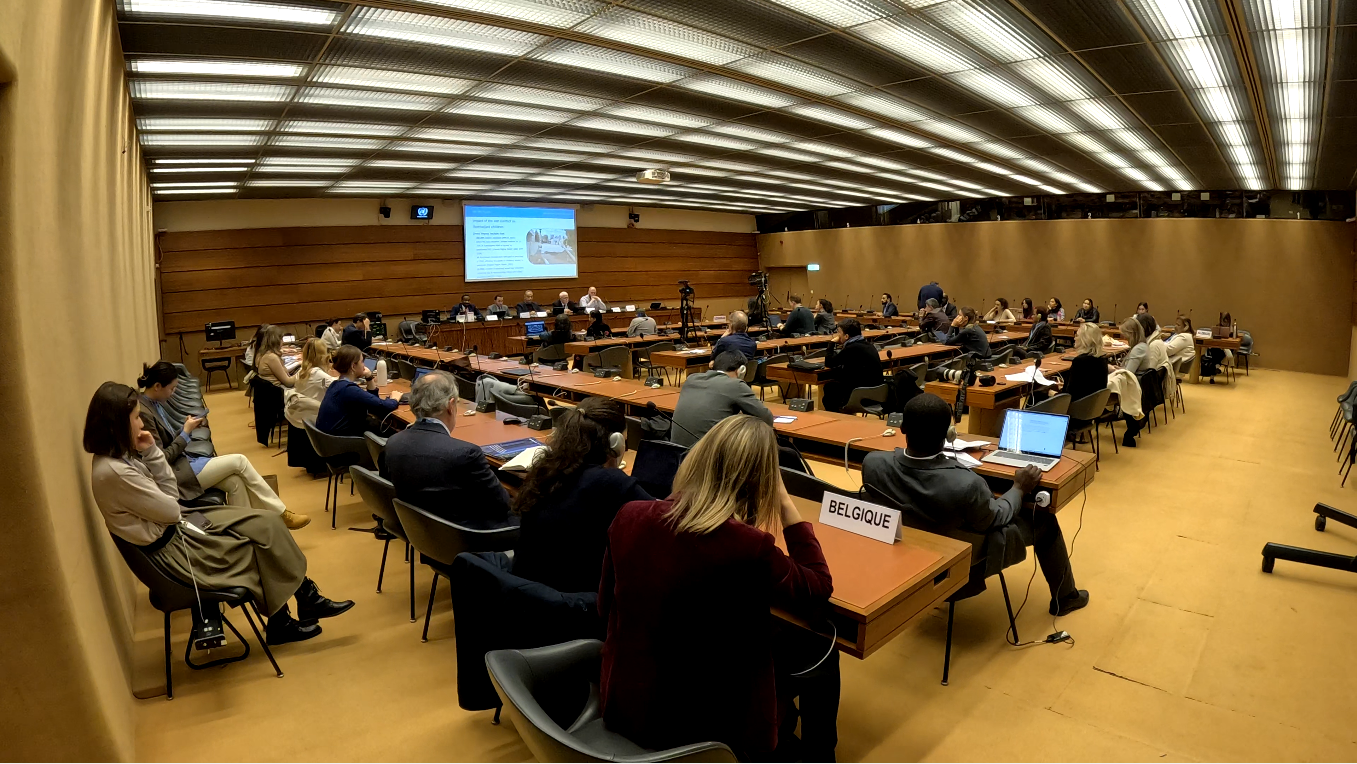The US and India could sign a comprehensive trade agreement in the fall of 2025, Politico said, citing sources, EDnews report.
Negotiators have reached agreement on some agricultural issues, energy purchases and non-tariff barriers, prompting rosy White House projections that a deal is in the offing. Two people close to the negotiations, granted anonymity because of the sensitivity of the discussions, say Washington and New Delhi continue to make progress toward the first phase of a trade deal, with the expectation that a more comprehensive agreement could come later in the fall.
“Productive discussions with India continue, and we look forward to announcing a historic US-India trade agreement in short order,” said a White House official, granted anonymity to discuss the negotiation.
According to Politico, the US president has complicated matters by repeatedly taking credit for brokering peace between India and Pakistan this spring — even though India has long insisted it won’t accept any mediation when it comes to Pakistan. Indian Prime Minister Narendra Modi underscored that point in a recent call with Trump, saying that there is “complete political consensus in India on this matter,” according to a readout of the call from India’s foreign minister.
At an event at the White House on Friday, Trump, himself, teased that, “I think we’re going to reach a deal where we have the right to go in and trade” in India. He added, “We’re looking to get a full trade barrier dropping, which is unthinkable, and I’m not sure that that’s going to happen, but as of this moment, we’ve agreed to that.”
The deal would have centered around three areas — increased access to India’s agricultural, information technology and medical devices markets. But as talks dragged on and the scope of the deal shrank, Trump scrapped the plan, according to Politico.
“They got very close, really, really close to concluding a first-ever bilateral trade deal,” said Mark Linscott, a former negotiator for the Office of the United States Trade Representative (USTR) who was involved in negotiations with India. “This time around it’s clearly a priority for both sides …. It’s the agreement that got away.”
Linscott, who negotiated with India for USTR in the first Trump administration, said the administration knows the US will likely have to make some concessions in order to secure a larger deal, putting the talks in a different bucket than other deals the US is seeking to negotiate.
“India is the fourth largest economy in the world now, will soon be the third largest economy in the world, and is a critical strategic partner in the Indo-Pacific,” Linscott said. “I think all those factor in a bit in the overall negotiating dynamics.”









